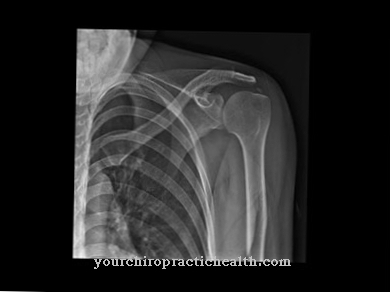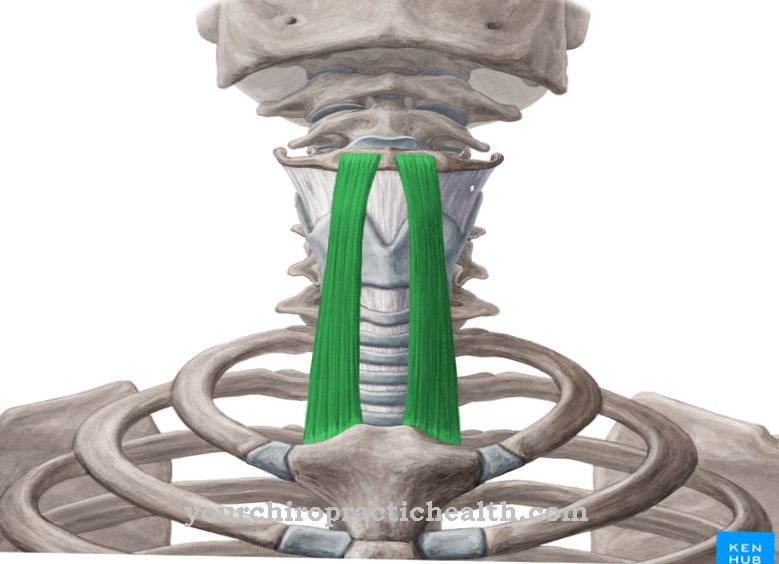A Varifocals combines the correction of nearsightedness and farsightedness. It has a special structure in which the viewing areas for near and far vision are individually ground into each lens. Varifocal glasses are a helpful development especially for nearsighted people with the onset of presbyopia.
What are varifocals?
Varifocal glasses belong to the so-called multifocal glasses. These glasses have different zones in each lens that are designed to correct different types of ametropia. Because of their special cut, varifocal glasses are a combination of distance and close-up glasses. In contrast to other multifocal glasses such as bifocal glasses or trifocal glasses, the transition between the different glasses strengths in varifocal glasses is designed to be smooth in each lens. For many people, this makes them much more pleasant to use than multifocal glasses with hard transitions.
However, varifocal glasses often have disadvantages when working on a screen. Because the distance to the screen is usually too great for the optimal use of the near vision zone, so that clear vision through the transition zone from far to near vision zone requires some practice. In addition, the special construction of varifocals results in a lateral limitation of the field of vision, so that, for example, lines on the edge of the glasses often appear distorted.
Shapes, types & types
In principle, varifocals can be used in most common frames. And the structure is the same for all glasses of this type: the upper part is designed for distance vision, the lower part for near vision. A so-called progression zone lies between these two parts. Nevertheless, the individual models of modern varifocal glasses differ - namely in the quality of the lenses.
In terms of quality, varifocal glasses are divided into four quality levels: Standard, Comfort, Premium and Individual. While standard represents the lowest quality level, individual progressive lenses represent the highest quality level. For many users, standard lenses in varifocal glasses are already sufficient to reliably cover all functional areas. In some cases, however, it is advisable to purchase higher quality varifocals. This applies, for example, when the person wearing glasses spends a lot of time in front of the computer screen. Anyone who is often on the road should also rely on the highest quality varifocal lenses possible. Individually adapted lenses provide the highest possible quality level, since such varifocals are precisely tailored to the personal factors of the user.
Structure & mode of operation
From the outside, varifocal glasses can hardly be distinguished from normal distance or close-up glasses. Their specialty lies in the cut of the glasses, which not only allows sharp televisions and close-ups, but also makes objects at intermediate distances clearly visible.
For this purpose, each lens is divided into three zones: In the upper third it is equipped with a correction for ametropia when watching television. Objects from a distance of two meters can be clearly recognized through this area. The progression zone is located in the middle of each lens, thanks to which intermediate distances of half a meter to two meters are no problem for sharp vision. Finally, the correction for the ametropia in near vision is ground in the lower third of each lens. Through this area, objects can be seen sharply that are less than half a meter in front of the viewer.
Several grinding processes are necessary to produce varifocals with this structure. The effort required to manufacture such glasses is correspondingly greater. This effort increases depending on the quality level of the lenses. The result of the complex production process is glasses that comfortably correct all ametropia of the wearer.
In order to be able to use varifocals optimally, glasses wearers have to get used to looking through the upper part of the glasses when objects are far away - and consciously looking through the lower third of the glasses when objects are close up. This is a challenge at first, especially when doing activities like cycling or driving a car.
You can find your medication here
➔ Medicines for visual disturbances and eye complaintsMedical & health benefits
The most important medical importance of varifocals is to compensate for several forms of ametropia in one device. This allows people who are affected by both nearsightedness and farsightedness to avoid constantly switching between distance and close-up glasses in everyday life. However, their specific advantages only become noticeable after a certain period of familiarization. Because when using varifocals, the wearer of glasses has to get used to moving his head instead of moving his eyes. Since the different vision zones in the progressive lens are so close to one another, moving the eyes usually means that the surroundings are perceived through a different zone or the edges of the lenses cause distorted perceptions. In order to keep objects in the distance in focus at all times, the wearer of varifocal glasses has to turn his head back and forth. This also applies to reading at close range.
However, anyone who has got used to this type of use will quickly find that varifocals are very easy to use in everyday life. This shape of glasses was specially developed for people who suffer from myopia at a young age. Because, with increasing age, they often have the problem that they also develop poor eyesight at close range - so-called presbyopia. Therefore, in these cases, distance glasses are no longer sufficient to ensure sharp vision in all areas at all times. For many users, the switch to varifocal glasses therefore only takes place at an advanced age.
Good & inexpensive glasses frames at Amazon.de








.jpg)





.jpg)






.jpg)






